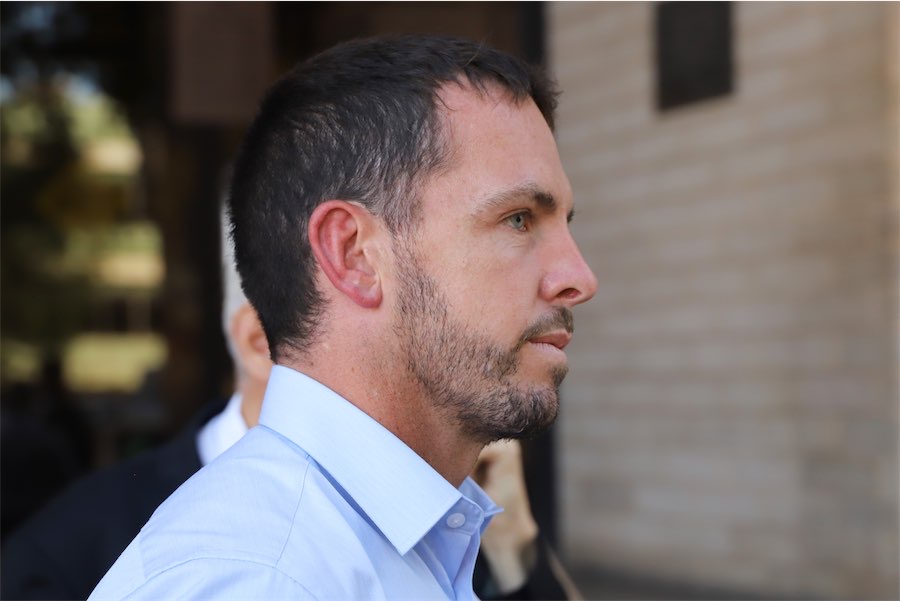
The new peer-reviewed study of the Small Magellanic Cloud (SMC), which is a tiny fraction of the size and mass of the Milky Way galaxy, uses images taken with CSIRO’s powerful Australian SKA Pathfinder (ASKAP) radio telescope.
Lead researcher Prof Naomi McClure-Griffiths from ANU says the features of the radio images are more than three times finer than previous SMC images, which allowed the team to probe the interactions between the small galaxy and its environment with more accuracy.
“We were able to observe a powerful outflow of hydrogen gas from the Small Magellanic Cloud,” she says.
“The implication is the galaxy may eventually stop being able to form new stars if it loses all of its gas. Galaxies that stop forming stars gradually fade away into oblivion. It’s sort of a slow death for a galaxy if it loses all of its gas.”
Prof McClure-Griffiths says the discovery, which is part of a project that investigates the evolution of galaxies, provides the first clear observational measurement of the amount of mass lost from a dwarf galaxy.
“The result is also important because it provides a possible source of gas for the enormous Magellanic Stream that encircles the Milky Way,” she says.
“Ultimately, the Small Magellanic Cloud is likely to eventually be gobbled up by our Milky Way.”
CSIRO co-researcher Dr David McConnell says ASKAP was unrivalled in the world for this kind of research due to its unique radio receivers that give it a panoramic view of the sky.
“The telescope covered the entire SMC galaxy in a single shot and photographed its hydrogen gas with unprecedented detail,” he says.
Hydrogen is the most abundant element in the Universe, and is the main ingredient of stars.
“ASKAP will go on to make state-of-the-art pictures of hydrogen gas in our own Milky Way and the Magellanic Clouds, providing a full understanding of how this dwarf system is merging with our own galaxy and what this teaches us about the evolution of other galaxies,” Dr McConnell says.
The study is published in “Nature Astronomy”.
Who can be trusted?
In a world of spin and confusion, there’s never been a more important time to support independent journalism in Canberra.
If you trust our work online and want to enforce the power of independent voices, I invite you to make a small contribution.
Every dollar of support is invested back into our journalism to help keep citynews.com.au strong and free.
Thank you,
Ian Meikle, editor



![Evie Hudson is a woman with amnesia, who forgets the last 13 years. Piecing her life back together, she navigates the harsh realities of coercive control.
Evie is the leading character in local author @emmagreyauthor's second novel Pictures of You.
Her debut book, The Last Love Note, sold more than 100,000 books worldwide within a few months of being published last year.
“I think that using amnesia really helped [show the effects of coercive control] because she had that sense of being completely lost in her own life,” Emma says of her new work of fiction.
To read the full story and find out more about this fabulous local author and her latest novel, visit our website at citynews.com.au or click the link in our bio! 📚✒️
#canberra #local #canberralocals #canberralife #australia #author #localauthor #Picturesofyou #coercivecontrolisabuse #dvawareness #bestsellingauthor #canberraauthor #localnews #citynews](https://citynews.com.au/wp-content/plugins/instagram-feed/img/placeholder.png)
Leave a Reply